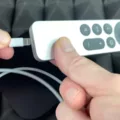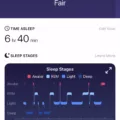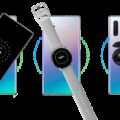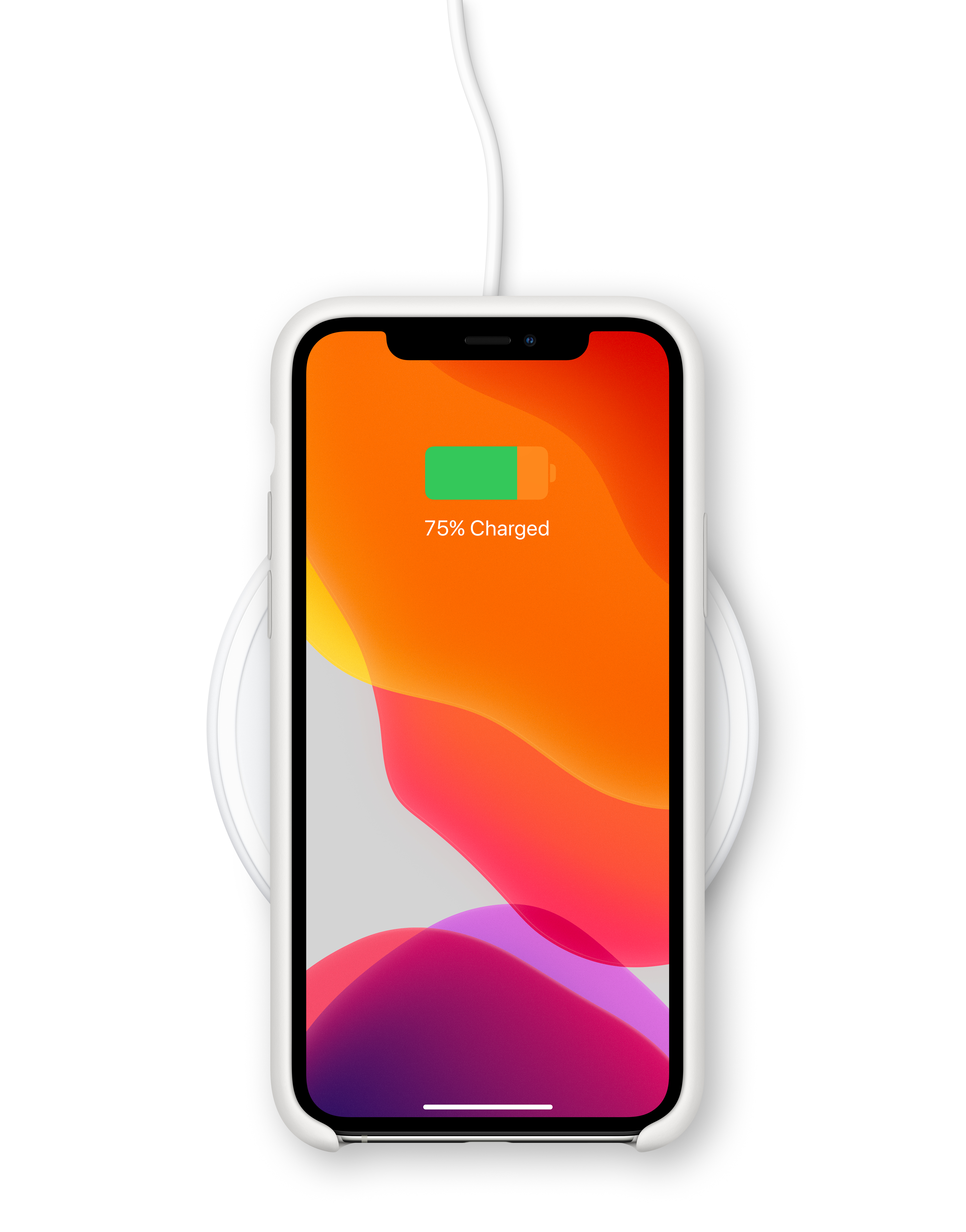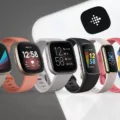Fitbit is a popular brand of fitness trackers and smartwatches that helps users track their activity levels, sleep patterns, and overall health. One common concern that Fitbit users may have is how to know if their device is charging properly. In this article, we will explore different ways to determine if your Fitbit is charging and how long it takes to fully charge.
Firstly, it is important to ensure that the charging cable is securely connected to the device. Sometimes, a loose connection can prevent the Fitbit from charging properly. Make sure the charging pins on the cable are aligned with the charging ports on your Fitbit device.
Additionally, it is recommended to use the charging cable that came with your Fitbit or a certified replacement. Using a different cable may not provide the necessary power or compatibility, resulting in ineffective charging. If you suspect that your cable might be faulty, try using a different USB port or a UL-certified wall charger to rule out any issues with the power source.
Once you have established a secure connection and a reliable charging cable, you can determine if your Fitbit is charging by checking the device’s screen. Most Fitbit models have a battery icon that displays the charging status. When the device is properly connected and charging, you should see a battery icon with a lightning bolt or some indication that it is receiving power.
It is important to note that the charging time for Fitbit devices can vary depending on the model and current battery level. On average, it takes about two hours to fully charge a Fitbit from 0% to 100%. However, if your device is not completely drained, it may take less time to reach a full charge. Some Fitbit models also have a quick charging feature that allows them to reach a partial charge in a shorter amount of time.
Ensuring a secure connection, using a compatible charging cable, and checking the device’s screen for charging indicators are all important steps to determine if your Fitbit is charging properly. Remember that charging times may vary depending on the model and battery level. By following these guidelines, you can ensure that your Fitbit remains powered and ready to track your fitness journey.
How Long Does A Dead Fitbit Take to Charge?
A dead Fitbit typically takes around two hours to fully charge. However, if the battery is not completely drained, it may take less time, possibly an hour or even less, to charge the device. It’s important to note that the charging time may vary slightly depending on the specific Fitbit model and charger being used.
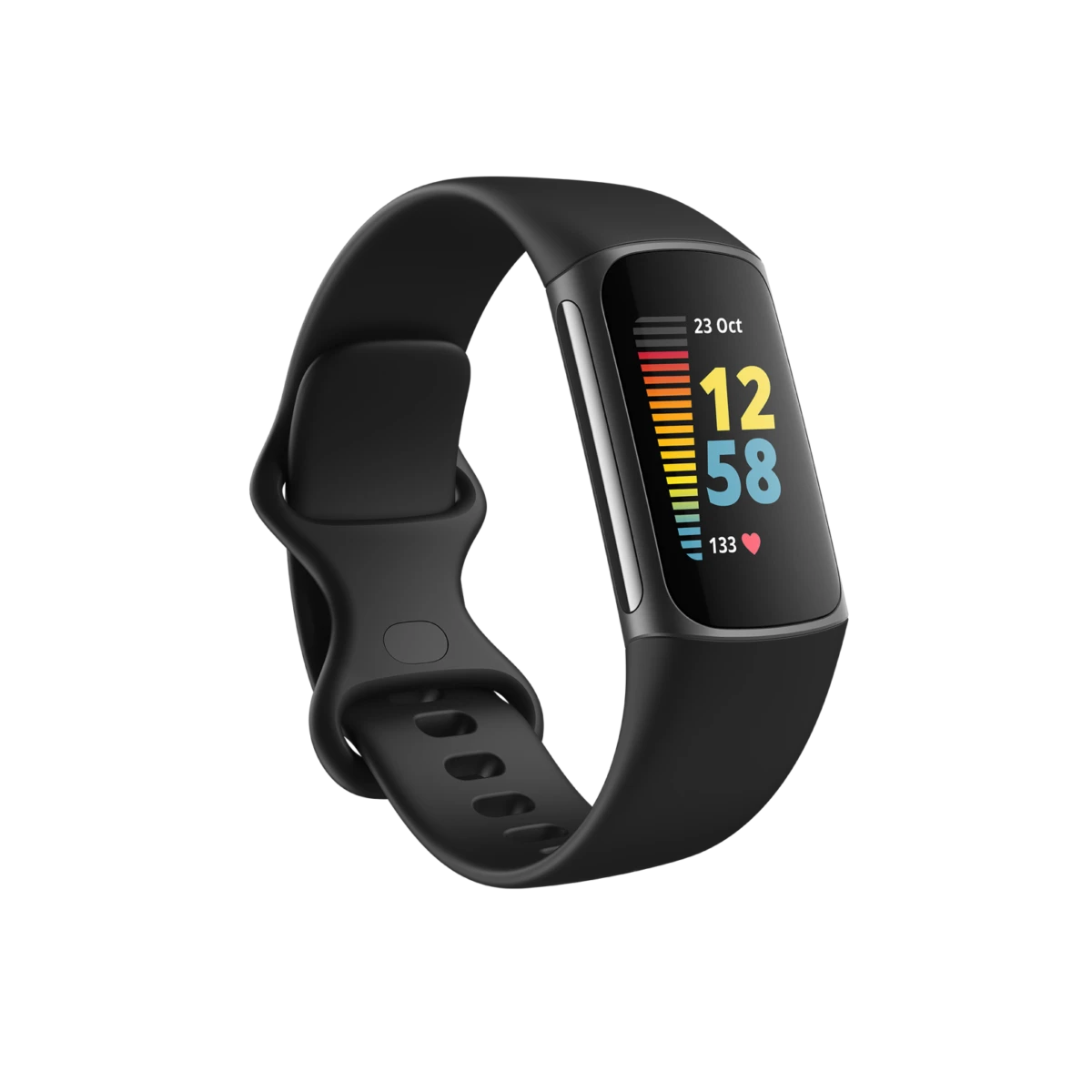
Why is Your Fitbit Not Charging?
There could be several reasons why your Fitbit is not charging. Here are some possible explanations:
1. Faulty USB port or outlet: The USB port or outlet you are using to charge your Fitbit may be faulty. Try using a different USB port or a UL-certified wall charger to see if that solves the issue.
2. Insecure connection: Ensure that the device is securely connected to the charging cable. Sometimes, the connection may not be tight enough, leading to charging problems. Double-check that the Fitbit is properly plugged into the charging cable.
3. Incompatible charging cable: If you are using a charging cable that came with a different device or purchased from another retailer, it may not be compatible with your Fitbit. Fitbit devices often require specific charging cables, so make sure you are using the one that came with your Fitbit or a certified replacement.
4. Dirty charging contacts: Over time, dirt, dust, or sweat can accumulate on the charging contacts of your Fitbit device, preventing proper charging. Clean the charging contacts gently with a soft, dry cloth. Avoid using liquids or harsh chemicals as they may damage the device.
5. Software or firmware issues: Sometimes, software or firmware glitches can affect the charging functionality of your Fitbit. Ensure that your Fitbit device is running the latest firmware version. You can check for updates in the Fitbit app or on the Fitbit website.
6. Battery depletion: If your Fitbit battery has completely drained, it may take a few minutes of charging before any indication of charging is shown. Leave your Fitbit connected to the charger for at least 10-15 minutes to see if it starts charging.
If none of these steps resolve the issue, it is recommended to contact Fitbit customer support for further assistance. They may provide additional troubleshooting steps or suggest sending the device for repair or replacement if it is still under warranty.
Conclusion
Fitbit is a popular and widely used fitness tracking device that offers various models to suit different needs and preferences. It is equipped with advanced features to monitor and track daily activities, exercise routines, sleep patterns, and heart rate. The Fitbit charging system is efficient and convenient, with most devices requiring only two hours to reach a full charge. However, the charging time may vary depending on the device’s battery level and the quality of the charging cable or port used.
It is important to ensure that the device is securely connected to the charging cable and that a reliable USB port or a UL-certified wall charger is used. If experiencing any issues with charging, such as a slow or non-responsive charging process, it is recommended to try a different USB port or charger.
Fitbit has revolutionized the way individuals track and improve their health and fitness goals. With its sleek design, user-friendly interface, and accurate tracking capabilities, Fitbit has become a trusted companion for many individuals striving to lead a healthier lifestyle. Whether you are an athlete, fitness enthusiast, or simply someone looking to monitor and improve your overall well-being, Fitbit offers a range of options to suit your needs.
Fitbit has proven to be a reliable and effective fitness tracking device, providing users with valuable insights and motivation to stay active and achieve their health goals. Its intuitive features, ease of use, and fast charging time make it a top choice among fitness enthusiasts worldwide.


